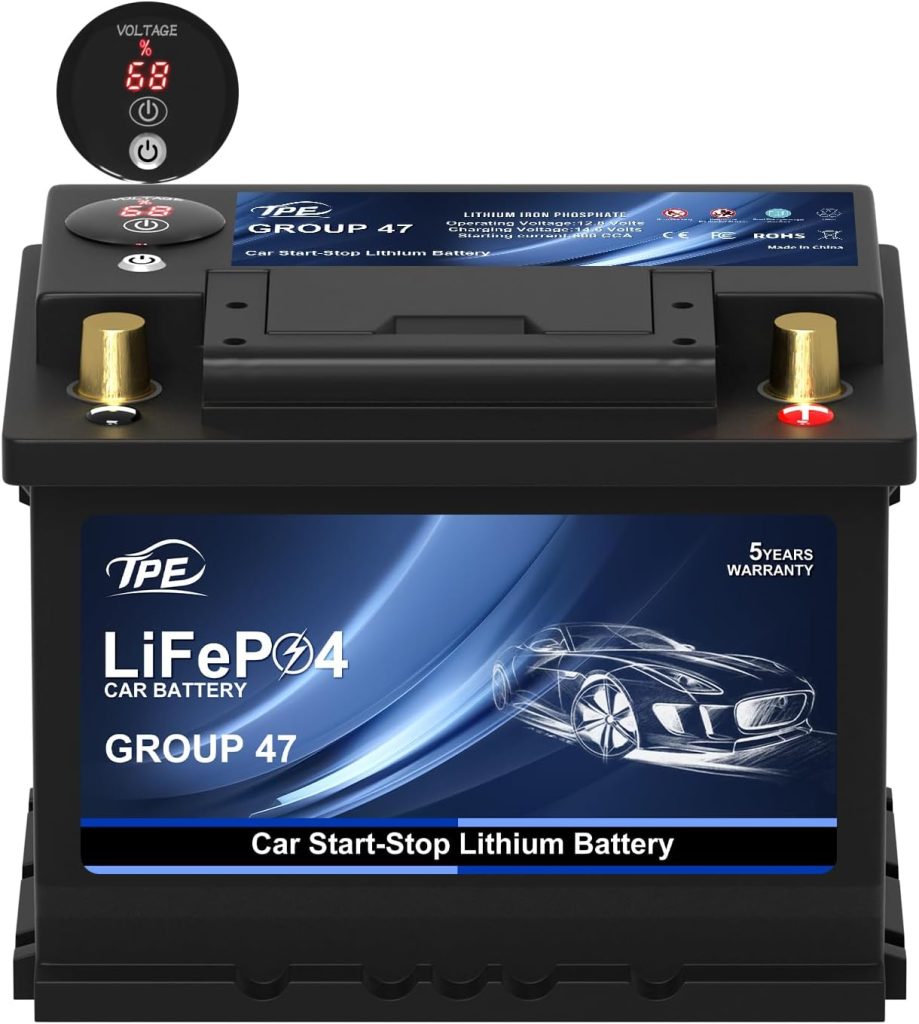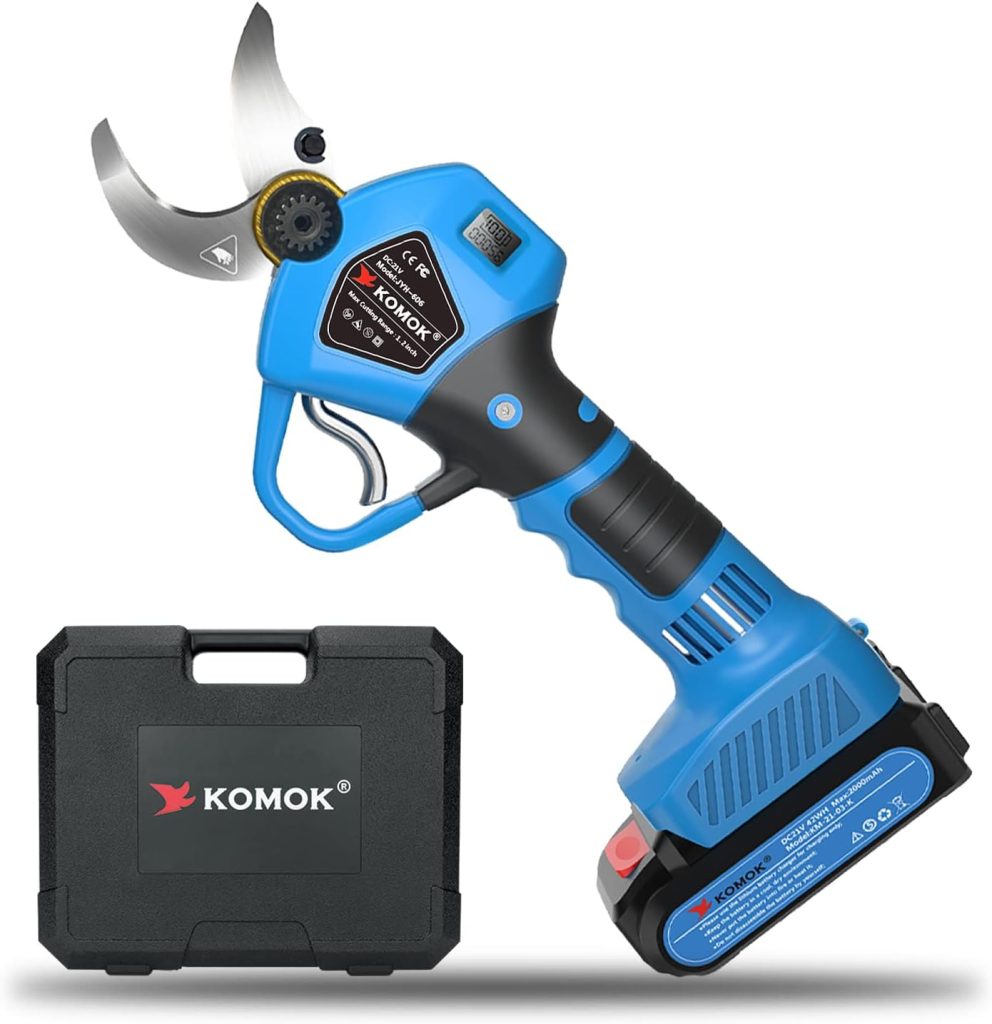As an Amazon Associate, I earn from qualifying purchases.
Car batteries are the unsung heroes of our vehicles, silently powering everything from headlights to ignition systems. But when it comes time to replace batteries, many drivers are surprised by how heavy these power sources can be. Understanding the weight of a car battery isn’t just an academic curiosity – it’s practical knowledge that can help you make better decisions about battery replacement, vehicle performance, and even shipping costs.
Most standard car batteries weigh between 30 and 60 pounds, but this range varies significantly depending on the type, size, and intended use. Electric vehicle batteries, for instance, can weigh over 1,000 pounds, while compact car batteries might tip the scales at just 30 pounds. The weight difference comes down to several factors, including the battery’s chemical composition, capacity, and construction materials.
Knowing your battery’s weight becomes especially important when you’re shopping for a replacement, planning to transport it, or considering how it might affect your vehicle’s performance. Whether you’re a weekend DIY mechanic or simply want to understand your car better, this guide will break down everything you need to know about car battery weights.

Why Car Battery Weight Matters
Battery weight plays a more significant role in vehicle performance than many drivers realize. The impact varies depending on your vehicle type and driving habits, but understanding these effects can help you make smarter choices about your car’s power source.
Vehicle Performance and Handling
A heavier battery affects your car’s weight distribution, which can influence handling characteristics. This is particularly noticeable in performance vehicles and race cars, where every pound matters. Even in everyday driving, a significantly heavier or lighter battery than your vehicle’s original specification can subtly change how your car feels on the road.
Fuel Efficiency Considerations
While a single battery won’t dramatically impact your gas mileage, weight does affect fuel economy. A heavier battery means your engine has to work slightly harder, especially during acceleration. For drivers focused on maximizing fuel efficiency, choosing the lightest battery that meets their power needs makes sense.
Replacement and Transportation
From a practical standpoint, battery weight affects how easy it is to handle during replacement. A 30-pound battery is manageable for most people, but a 60-pound unit requires more care and possibly assistance. If you’re shipping a battery or having one delivered, weight directly impacts shipping costs.
Choosing the Right Battery
Understanding weight helps you select an appropriate battery for your specific needs. A heavy-duty truck battery might be overkill for a compact car, adding unnecessary weight and cost. Conversely, a lightweight battery might not provide enough power for a large SUV’s electrical demands.
How Much Does a Car Battery Weigh? (Step-by-Step Breakdown)
Car battery weights vary considerably based on their type and intended application. Here’s a comprehensive breakdown of what you can expect from different battery categories.
Standard Lead-Acid Batteries: 30–50 pounds
These traditional batteries power most gasoline-powered vehicles on the road today. The weight comes primarily from lead plates and sulfuric acid electrolyte. A typical Group 24 battery (common in mid-size cars) weighs around 40-45 pounds, while smaller Group 35 batteries might weigh closer to 30-35 pounds.
AGM Batteries: 35–60 pounds
Absorbent Glass Mat (AGM) batteries are sealed lead-acid batteries that often weigh more than traditional flooded batteries of the same size. The additional weight comes from their more robust construction and higher capacity. These batteries are popular in luxury vehicles and trucks that require reliable power for advanced electronics.
Deep Cycle Batteries: 50–70+ pounds
Designed for sustained power delivery rather than quick bursts, deep cycle batteries are built with thicker lead plates, making them heavier than standard automotive batteries. Marine and RV applications commonly use these batteries, and their weight reflects their ability to provide power over extended periods.
Hybrid and Electric Vehicle Batteries: 200–1,500+ pounds
Electric and hybrid vehicle batteries represent a completely different category. A Toyota Prius battery pack weighs around 120-140 pounds, while a Tesla Model S battery pack can exceed 1,200 pounds. These batteries use lithium-ion technology and contain hundreds of individual cells arranged in modules.
Factors That Affect Car Battery Weight
Several key variables determine how much your car battery weighs. Understanding these factors helps explain why batteries of similar sizes can have different weights and performance characteristics.
Battery Type and Chemistry
The fundamental chemistry of a battery largely determines its weight. Lead-acid batteries are heavy due to their lead plates and liquid electrolyte. Lithium-ion batteries, while energy-dense, still require substantial material for automotive applications. AGM batteries fall somewhere in between, offering improved performance at the cost of additional weight.
Physical Size and Group Number
Battery group numbers indicate standardized dimensions, and larger batteries naturally weigh more. A Group 31 battery (commonly used in trucks) will always weigh more than a Group 35 battery (typical for compact cars), regardless of other factors. The group number system helps ensure proper fit and electrical compatibility.
Cold Cranking Amps (CCA) Rating
Higher CCA ratings typically mean heavier batteries. CCA measures a battery’s ability to start an engine in cold conditions, and achieving higher ratings usually requires more lead plates or advanced materials. A battery rated for 800 CCA will generally weigh more than one rated for 500 CCA, even if they’re the same physical size.
Reserve Capacity
Batteries with higher reserve capacity—the ability to power your vehicle’s electrical systems if the alternator fails—tend to weigh more. This increased capacity comes from additional active material inside the battery, which adds weight but provides longer-lasting power.
Construction Features
Specialty features add weight to batteries. Heavy-duty casings for extreme conditions, dual terminals for specific applications, and reinforced internal structures all contribute to the overall weight. Premium batteries often include these features, explaining why they might weigh more than basic alternatives.
Battery Weight by Vehicle Type
Different types of vehicles require batteries with varying weights and specifications. Here’s what you can expect based on your vehicle category.
Compact Cars: 30–40 pounds
Small cars like the Honda Civic, Toyota Corolla, or Nissan Sentra typically use lighter batteries in the Group 35 or Group 51 categories. These batteries provide adequate power for basic electrical systems without adding unnecessary weight to fuel-efficient vehicles.
Sedans and Small SUVs: 40–60 pounds
Mid-size vehicles including popular sedans and crossover SUVs usually require Group 24 or Group 34 batteries. Examples include the Toyota Camry, Honda Accord, Ford Escape, and similar vehicles. These batteries balance weight with the power needed for modern comfort and safety features.
Full-Size Trucks and Large SUVs: 50–70 pounds
Heavy-duty vehicles like the Ford F-150, Chevrolet Silverado, or Toyota Sequoia often use Group 31, Group 65, or similar large-format batteries. These vehicles need extra power for their larger engines and extensive electrical systems, justifying the additional weight.
Electric and Hybrid Vehicles: 200–1,500+ pounds
Electric vehicles require massive battery packs that dwarf traditional automotive batteries. A Nissan Leaf battery pack weighs around 650 pounds, while luxury electric vehicles like the Mercedes EQS can have battery packs exceeding 1,400 pounds. Even hybrid vehicles like the Toyota Camry Hybrid have battery packs weighing 100-150 pounds in addition to their traditional 12-volt batteries.
Frequently Asked Questions How Much Does a Car Battery Weigh?
How much does a standard car battery weigh?
A standard car battery typically weighs between 30 and 50 pounds. Most passenger cars use Group 24 or Group 35 batteries, which fall into the 35-45 pound range. The exact weight depends on the battery’s capacity, construction, and specific chemistry.
Are heavier car batteries better?
Not necessarily. While heavier batteries often have higher capacity or cold cranking amps, the best battery for your vehicle is one that meets your car’s specifications. A heavier battery might provide more power than you need while adding unnecessary weight and cost to your vehicle.
How much does an electric car battery weigh?
Electric car batteries vary widely in weight, typically ranging from 400 to 1,500 pounds. Smaller EVs like the Nissan Leaf have battery packs around 650 pounds, while luxury electric vehicles with longer ranges can have battery packs exceeding 1,200 pounds.
Can battery weight affect fuel economy?
Yes, but minimally in most cases. A heavier battery adds weight to your vehicle, which can slightly reduce fuel efficiency. However, the difference between a 40-pound and 50-pound battery won’t significantly impact your gas mileage in normal driving conditions.
How do I safely lift and transport a heavy car battery?
Always lift with proper technique—bend your knees, keep your back straight, and get help if the battery exceeds 50 pounds. Use the battery’s carrying handle if available, and never lift by the terminals. When transporting, secure the battery upright and ensure terminals don’t contact metal surfaces.
Making the Right Choice for Your Vehicle
Car battery weight is more than just a number—it’s a key factor that influences vehicle performance, handling, and practicality. While most standard car batteries fall into the 30-60 pound range, the specific weight you need depends on your vehicle type, driving conditions, and power requirements.
Electric and hybrid vehicles operate on entirely different scales, with battery packs that can weigh hundreds or even thousands of pounds. These substantial power sources enable zero-emission driving but represent significant engineering challenges in terms of weight distribution and vehicle design.
Before purchasing a replacement battery, always consult your owner’s manual for the recommended specifications. The right battery balances adequate power delivery with appropriate weight for your specific vehicle. Remember that the heaviest battery isn’t always the best choice—focus on finding one that meets your car’s electrical demands while considering the practical aspects of installation and long-term ownership.
As an Amazon Associate, I earn from qualifying purchases.


